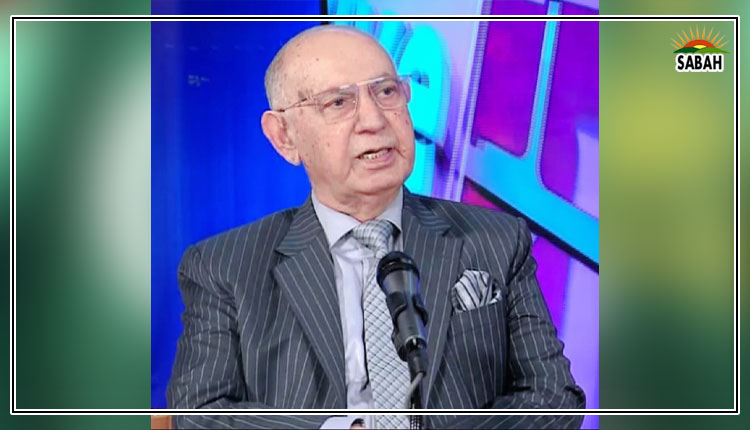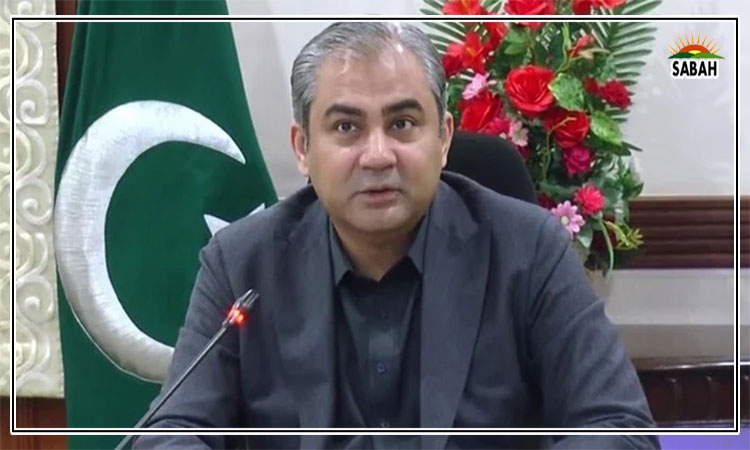Are the children safe? ….. Laraib Kiani
Violence against children includes physical, sexual and emotional abuse of children under the age of 18, and boys and girls are at an equal risk of such assaults.
Previously, the main culprits in child abuse cases were usually close aides and relatives, but with the rising use of the internet, this menace has become more systematic and horrific.
Among the many perils facing children in Pakistan, one of the most insidious threats is online sexual abuse and exploitation. With easy internet penetration and access to digital platforms, including social media sites, the vulnerability of children has significantly increased, putting them at the mercy of predators lurking in the virtual world.
The case of Dua Zehra in 2022 highlighted the vulnerability of children to grooming and exploitation facilitated by built-in chat features in popular and apparently innocuous video games like PUBG. Her recovery was made possible due to persistent efforts by law-enforcement agencies and her parents and public pressure on social media.
Roshni Helpline, a non-profit organization specializing in the recovery of missing children, has also revealed that many recovered children were manipulated by organized criminals through online chat platforms and other websites.
The instances of child sexual abuse and exploitation are not a new phenomenon in Pakistan. However, lately, such cases have been on the rise with the harrowing cases of organized networks being involved in it. There are certain areas in the country where child abuse is supposed to be a normal thing.
Sahil, a nongovernmental organization, reported 3,852 child abuse cases in 2022, and 52 per cent were reported in 10 districts. Kasur was on the top with 298 cases followed by 292 cases in Rawalpindi, Islamabad (247), Faisalabad (237) Gujranwala (198), Sialkot (186), Khairpur (152), Lahore (150), Okara (120) and Muzaffargarh (107). However, some experts believe that the number of unreported cases is in the thousands.
The case of online abuse and exploitation is altogether different, worrisome, and systematic. The increased internet access and rapidly evolving technologies provide child predators with sophisticated tools to identify and target them secretly. The total elimination of this issue is not only a social and moral obligation but also an international imperative Pakistan is bound to control.
Though Pakistan has ratified several international protocols, including the Optional Protocol to the Convention on the Rights of the Child on the Sale of Children, Child Prostitution and Child Pornography, and is also a signatory to the Convention on the Rights of the Child, the implementation remains woefully inadequate to safeguard children from these emerging threats.
Ambiguities in national and provincial laws and weak enforcement pose significant hurdles, especially for children from marginalized communities. Their vulnerability is exacerbated by poverty, lack of awareness and education. Inadequate parental supervision also multiplies their vulnerability.
Though legislative frameworks on prevention and criminalizing online sexual abuse against children exist, the resurging incidents point to limited effectiveness and call for stronger enforcement and stringent penalties. Major cases have revealed the intersections of online and offline abuse, exacerbated by systematic and legal failures, social apathy and absence or lack of awareness regarding reporting and support mechanisms for children subjected to online sexual violence and abuse.
The National Centre for Missing and Exploited Children’s (NCMEC) Cyber Tipline is a US-based central reporting system for online child exploitation and receives complaints from ordinary people and electronic service providers such as leading social media companies.
According to statistics published by the NCMEC, in 2022, a high number of cases were reported from Pakistan with 2,059,884 complaints making the country the fourth largest in the consumption of online child sexual abuse content. The figure previously stood at 2,030,801 in 2021. This is representative of the high consumption, uploading and distribution of the existing and new content of child sexual abuse.
The Federal Investigation Agency (FIA) reported only 187 cases in 2022 and 113 cases in 2021. Data from the FIA also indicates that about 70 per cent of this content is not Asian, which means that it is developed outside Pakistan and is mostly consumed and reshared. However, this still points to a concerning underlying tendency and inclination in Pakistan to exploit and abuse children.
With the increased access to digital technologies, there is an imminent and urgent need for immediate and concrete actions. For instance, digital literacy programmes for both adults and children should be introduced in schools and communities by engaging parents to raise awareness about online abuse of children as well as the measures required to protect children.
The establishment of a national toll-free hotline along with widespread advocacy and awareness about its utility for reporting child abuse content and websites can help identify and combat child predators. It is also crucial to change our perspective and avoid blaming victims so that innocent and vulnerable children might not suffer in isolation with their abuse continuing unreported and unnoticed.
A victim-centric approach along with a psycho-emotional support network and services is needed for the recovery and rehabilitation of victims.
Fostering open discussion on such issues and collaboration among law-enforcement agencies, parents, elected representatives, civil society, and tech companies is crucial for effective advocacy and prevention measures. By strengthening laws, leveraging technology, and changing societal attitudes, we can protect our children and ensure a safer online environment for them.
The writer works as a communications specialist at the Sustainable
Development Policy Institute.
Courtesy The News












